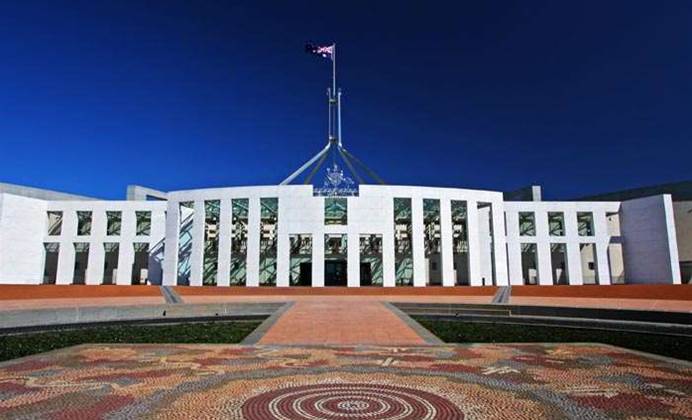The Federal Government will move to improve operational efficiency, services and stakeholder engagement under a three-year ICT strategy, released today.

The 40-page document was first aired as a broader "draft ICT Strategic Vision" 18 months ago and released after a secretly commissioned inquiry into the Australian Government Information Management Office's (AGIMO) capacity to implement a whole-of-government strategy.
AGIMO was previously described as having a "significant role" in implementing reforms, such as coordinated ICT procurement, Gov 2.0, data centre consolidation and ICT investment management.
Today's document (pdf) called for the strategy to implemented by all federal agencies, although defence and intelligence organisations would only need to implement elements relevant to non-specialist and non-defence systems.
Progress was to be reviewed annually by the Secretaries ICT Governance Board (SIGB), with the assistance of "a small, dedicated program management office in AGIMO".
AGIMO was also required to work with agencies including the Prime Minister & Cabinet on the digital productivity and cyber policy, and the Department of Broadband, Communications and the Digital Economy on the digital economy.
ICT matters spanning federal and state jurisdictional boundaries would continue to be governed by the Cross Jurisdictional Chief Information Officers’ Committee (CJCIOC), the document noted.
Compared to the "long-term" goals of last year's draft vision, the final ICT strategy document focused more narrowly on the 2012 to 2015 timeframe.
But it appeared to be light on specifics: while the draft opted for a reduction in Government websites, for example, today's version called for the number to be "optimised" within the financial year, without defining a target.
The strategy called for more efficient, effective ICT investments across the public sector, through greater transparency in ICT activities, investments and plans, "especially for common or generic systems such as human resource and financial management".
This was expected to drive better decisions around the use of commodity hardware, off-the-shelf software, virtualisation and cloud computing, which tended to come with lower customisation and integration costs.
"When the [public sector] invests in an ICT capability, this capability will be available to other agencies to avoid duplication and rework," the document noted.
"Cloud computing will be used where appropriate, consistent with privacy and security considerations, to add new capability and capacity as well as drive down costs."
Projects ranking highly on the Government's strategic agenda included: an ICT services catalogue; a whole-of-government Parliamentary Workflow Solution; whole-of-government mobile and big data strategies; and improved participation in academic and industry forums about new technologies.
The Government also planned to encourage innovation by sharing public sector data and through its education and research agencies.
It hoped to "improve the attractiveness of IT as a profession" within the public sector from 2013.



.png&h=140&w=231&c=1&s=0)
_(20).jpg&h=140&w=231&c=1&s=0)





 iTnews Executive Retreat - Security Leaders Edition
iTnews Executive Retreat - Security Leaders Edition












_(1).jpg&h=140&w=231&c=1&s=0)



